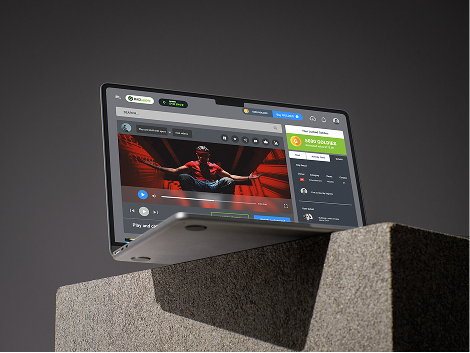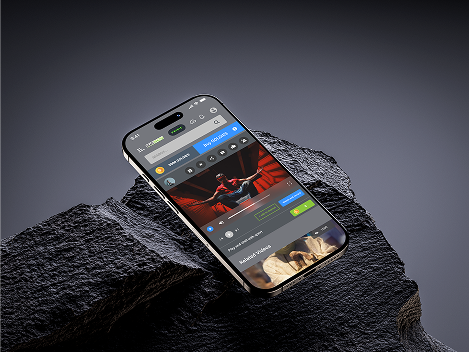
Meet the Client
Overview
BuzzShow is a blockchain based, decentralized video sharing platform that rewards users for their participation. Unlike traditional platforms, BuzzShow allows users to earn its native cryptocurrency, Goldies (GLDY), for uploading, viewing, sharing, and curating videos.
Built on IPFS (InterPlanetary File System) and integrated with Ethereum/Polygon blockchains, BuzzShow ensures secure, transparent, and decentralized content distribution. The platform follows a proof of contribution model, meaning that all users whether content creators, curators, or viewers are rewarded for their role in the ecosystem.
Key Features:
- Decentralized video sharing
- Rewards in GLDY tokens for all user activities
- Content ownership and control remains with users
- Powered by blockchain and IPFS technology
- Focus on fairness, transparency, and user empowerment
Platforms:
Deliverables:
Problems

Solution
Our Goals

Our Approach

Secondary Research

Design Process
.avif)
Project Timeline

Define Phase
User Persona
.png)

Empathize Phase
- Can you walk me through your typical day or week in terms of watching online videos?
- What are your go-to platforms for watching videos (e.g., YouTube, TikTok, Twitch), and what do you like or dislike about each one?
- What kind of content do you find yourself watching the most? What draws you to it?
- Tell me about your experience with advertisements on video platforms. How do they affect your viewing habits?
- How do you typically discover new videos or creators to watch?

User Flow
.png)
Typography & Colors

High-Fidelity Wireframe

Visual Design






